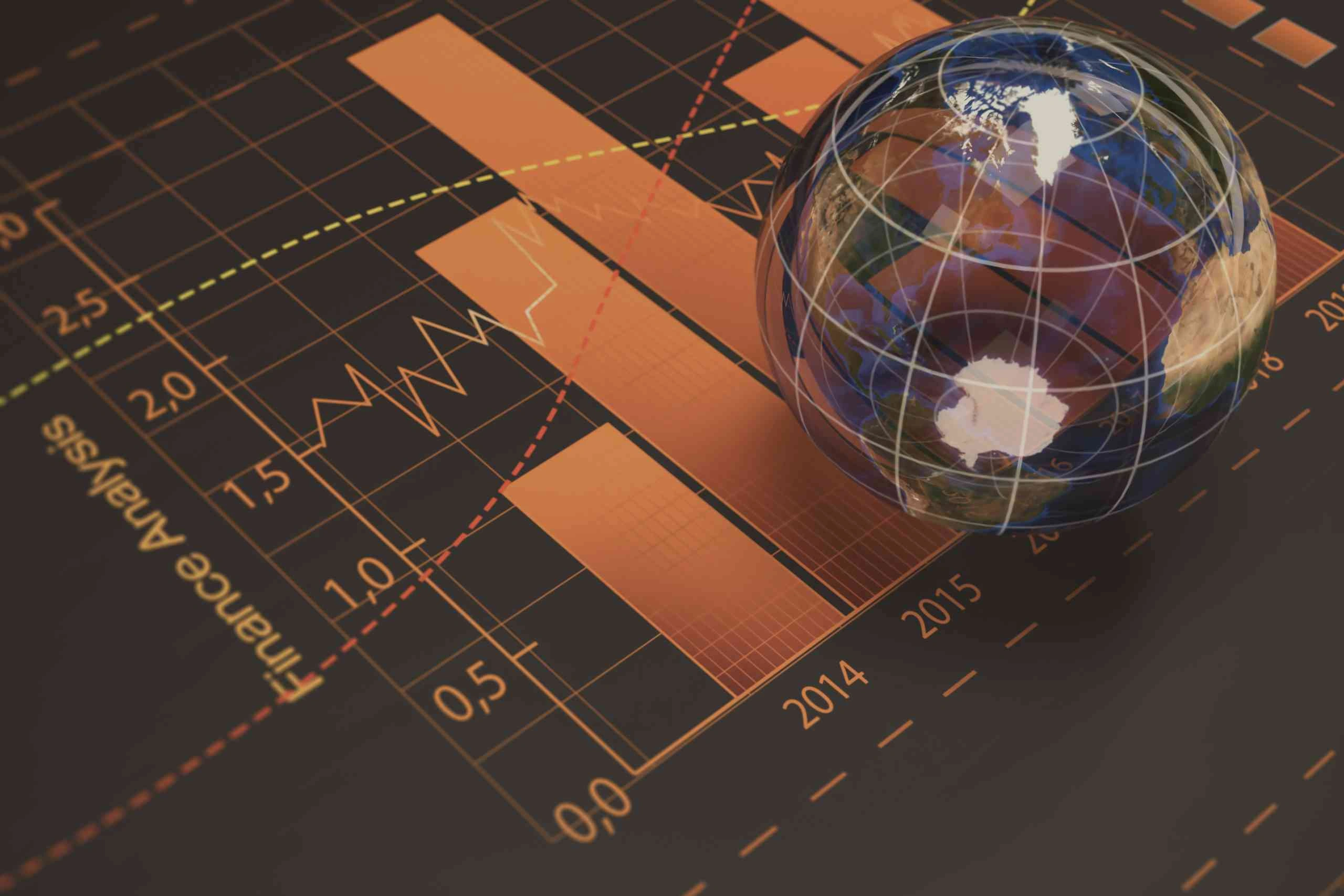Global Economic Shifts: Key Markets to Watch in 2024
As the world emerges from the disruptions of recent years, 2024 presents a dynamic landscape for global economics. Economic shifts are shaping markets, influencing investment strategies, and driving policy changes. Businesses and investors need to stay informed about these key markets to navigate the evolving economic environment effectively. This blog post explores the critical economic shifts and markets to watch in 2024, offering insights into the factors driving change and the potential opportunities and risks.
1. The Rise of Emerging Markets
Emerging markets continue to capture significant attention as they demonstrate strong growth potential and increasing economic influence. Key regions to watch include:
- Asia-Pacific: The Asia-Pacific region, particularly India and Southeast Asia, is experiencing robust economic growth driven by demographic trends, technological advancements, and expanding consumer markets. India’s burgeoning middle class, combined with its growing tech sector, positions it as a key player in the global economy. Southeast Asian countries are benefiting from increased trade and investment flows, making them attractive destinations for business expansion.
- Africa: Africa is emerging as a new frontier for investment, with countries like Nigeria, Kenya, and Ethiopia showing promising economic indicators. Investments in infrastructure, technology, and natural resources are driving growth across the continent. However, businesses must navigate challenges such as political instability and regulatory complexities.
- Latin America: Latin American economies are rebounding from previous downturns, with countries like Brazil and Mexico leading the recovery. Economic reforms, improved trade relations, and investment in renewable energy are contributing to positive growth prospects. Nonetheless, businesses should be mindful of potential risks, including political uncertainties and inflationary pressures.
2. The Green Transition and Sustainable Investment
Sustainability and the green transition are becoming central themes in the global economy. The shift towards greener practices and investments presents both opportunities and challenges:
- Renewable Energy: Investments in renewable energy sources, such as solar, wind, and hydroelectric power, are accelerating. Governments and corporations are committing to ambitious climate goals, driving demand for clean energy technologies. Markets in Europe, North America, and Asia are leading the charge, with significant developments in energy storage and grid modernization.
- Green Finance: The growth of green finance, including green bonds and sustainable investment funds, reflects increasing investor interest in environmentally responsible investments. Financial institutions are integrating environmental, social, and governance (ESG) criteria into their decision-making processes, influencing market trends and capital flows.
- Circular Economy: The transition to a circular economy, which emphasizes reducing waste and reusing resources, is gaining traction. Businesses are exploring innovative approaches to product design, supply chain management, and waste reduction. This shift offers opportunities for growth in sectors such as recycling, sustainable materials, and eco-friendly packaging.
3. Technology and Innovation Hubs
Technology and innovation continue to drive economic growth and transformation across various markets. Key hubs and trends to monitor include:
- Silicon Valley and Tech Ecosystems: Silicon Valley remains a global leader in technology and innovation, but other regions are emerging as significant players. Cities like Austin, Texas, and Bangalore, India, are gaining recognition for their vibrant tech ecosystems and startup activity. These hubs are attracting investment and talent, driving advancements in artificial intelligence, blockchain, and digital health.
- China’s Technological Advancements: China is positioning itself as a global technology powerhouse, with significant investments in areas such as 5G, artificial intelligence, and semiconductor manufacturing. The country’s technological ambitions are reshaping global supply chains and influencing international competition.
- Smart Cities and Urban Innovation: The development of smart cities, which integrate technology to improve urban living, is a growing trend. Investments in infrastructure, data analytics, and IoT (Internet of Things) technologies are transforming cities into more efficient, sustainable, and livable environments. Companies involved in urban planning, transportation, and energy management are at the forefront of this innovation.
4. Geopolitical and Trade Dynamics
Geopolitical developments and trade policies have significant implications for global markets. Key areas to watch include:
- U.S.-China Relations: The relationship between the United States and China continues to impact global trade and investment. Trade tensions, regulatory changes, and geopolitical strategies influence market dynamics and supply chains. Businesses with exposure to these markets should stay informed about policy shifts and potential disruptions.
- Regional Trade Agreements: New regional trade agreements, such as the Regional Comprehensive Economic Partnership (RCEP) in Asia and the United States-Mexico-Canada Agreement (USMCA), are shaping trade flows and economic relationships. These agreements influence market access, tariffs, and regulatory standards, affecting international business strategies.
- Political Stability and Risk: Political instability and risk factors in various regions can impact economic performance and investor confidence. Monitoring political developments, such as elections, policy changes, and conflicts, is essential for understanding potential risks and opportunities in global markets.
5. Demographic Shifts and Consumer Trends
Demographic changes and evolving consumer preferences are shaping economic trends and market opportunities:
- Aging Populations: In developed markets, aging populations are driving demand for healthcare, retirement services, and senior living solutions. Companies in the healthcare and wellness sectors are focusing on innovations to address the needs of an aging demographic.
- Youthful Markets: Conversely, many emerging markets have youthful populations with growing consumer spending power. Brands targeting younger consumers are leveraging digital platforms, social media, and e-commerce to engage with this demographic. The rise of digital natives is influencing trends in technology, entertainment, and lifestyle.
- Consumer Sustainability: Consumers are increasingly prioritizing sustainability and ethical considerations in their purchasing decisions. Companies are responding by adopting sustainable practices, offering eco-friendly products, and promoting corporate social responsibility.
6. Economic Recovery and Resilience
The global economy is in various stages of recovery, and resilience remains a key focus:
- Post-Pandemic Recovery: Economies are recovering from the impacts of the COVID-19 pandemic, with varying rates of progress. Sectors such as travel, hospitality, and retail are rebounding, while others are adapting to new norms and consumer behaviors.
- Resilient Supply Chains: The pandemic highlighted the need for resilient supply chains. Companies are investing in supply chain diversification, digitalization, and risk management to enhance their ability to withstand disruptions and maintain continuity.
- Monetary and Fiscal Policies: Central banks and governments are implementing monetary and fiscal policies to support economic recovery. Interest rates, inflation, and fiscal stimulus measures influence market conditions and investment strategies.
In 2024, global economic shifts are creating a dynamic and evolving landscape for businesses and investors. By focusing on emerging markets, sustainability, technology, geopolitical dynamics, demographic changes, and economic resilience, stakeholders can navigate the complexities of the global economy and identify opportunities for growth. Staying informed about these key trends and adapting strategies accordingly will be crucial for success in an increasingly interconnected and rapidly changing world.




